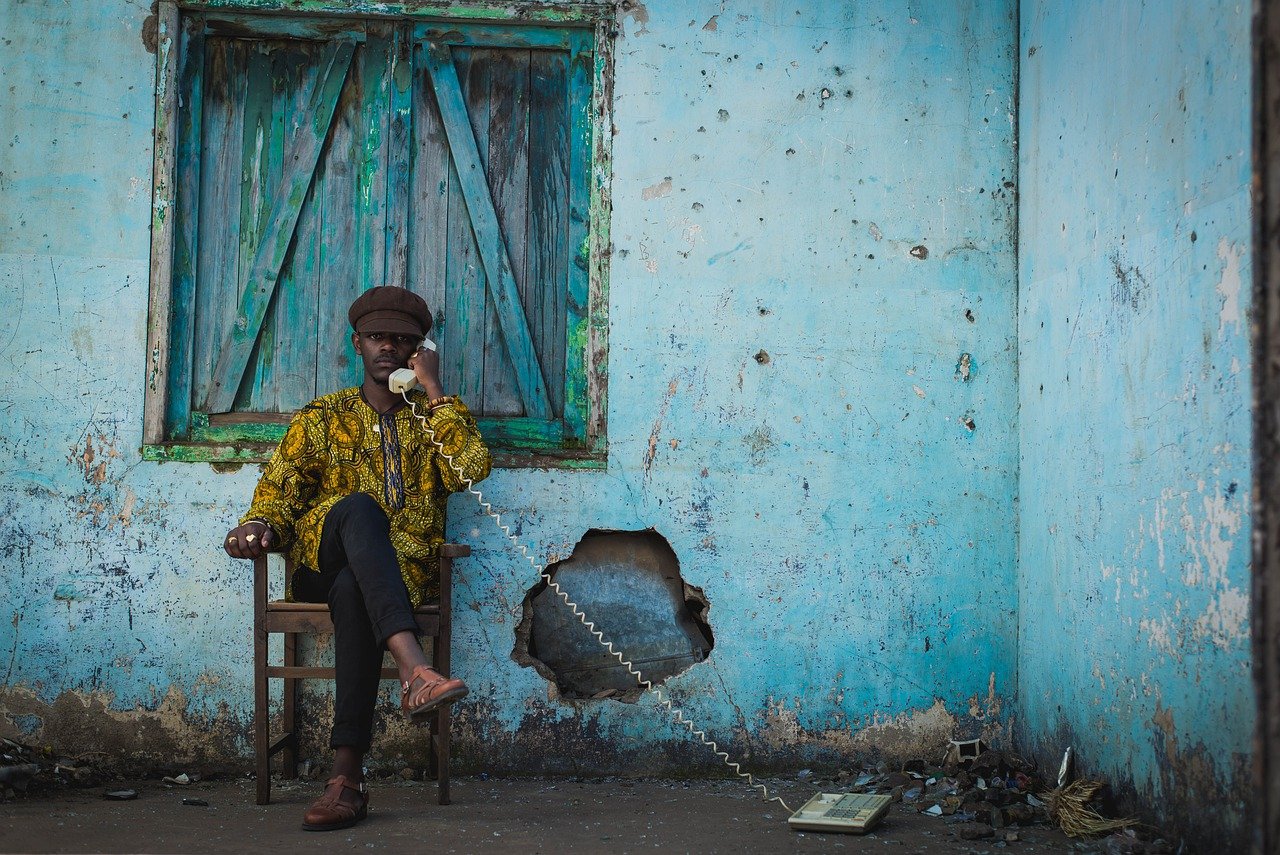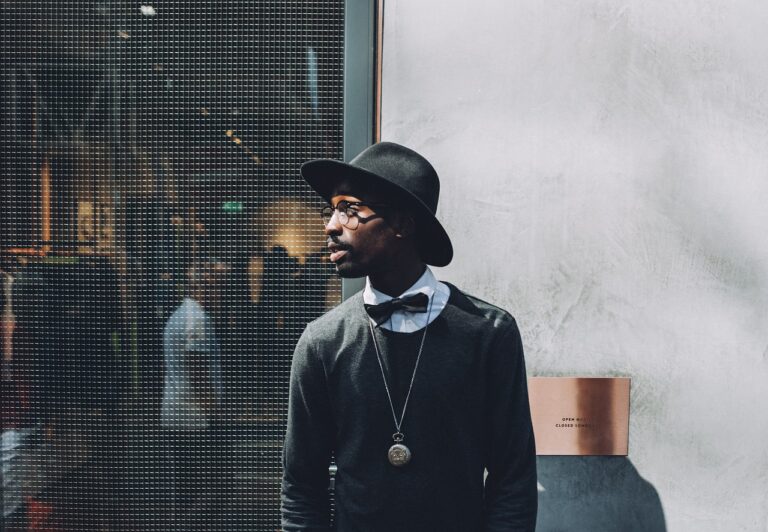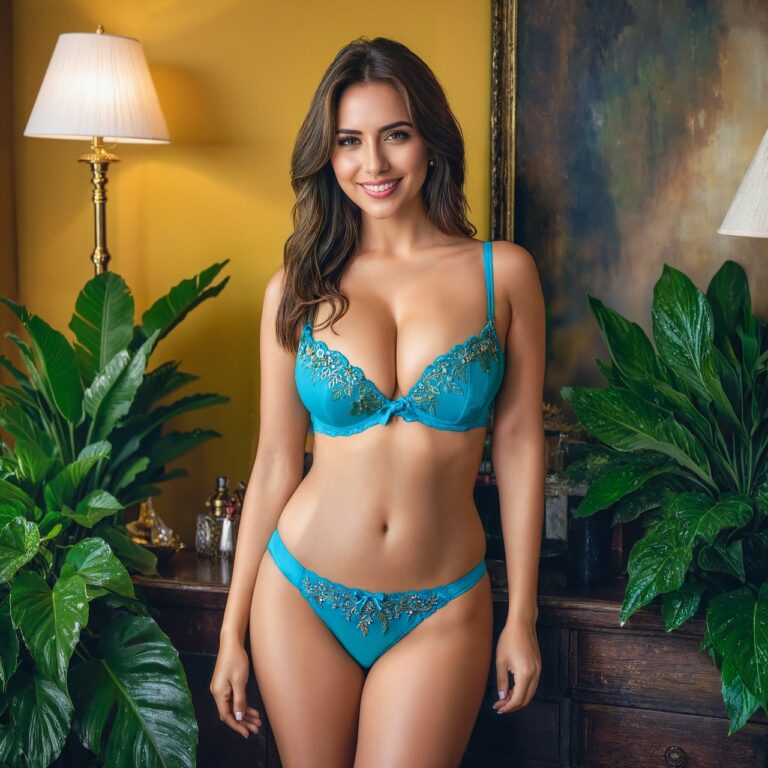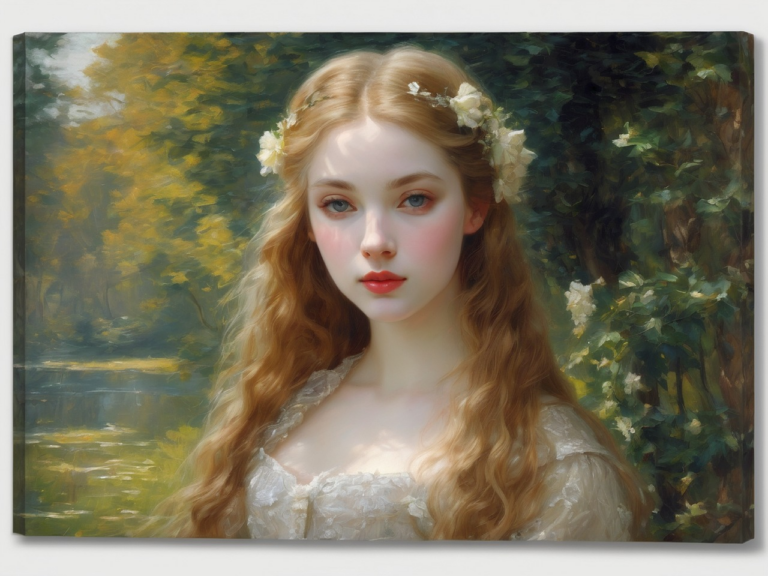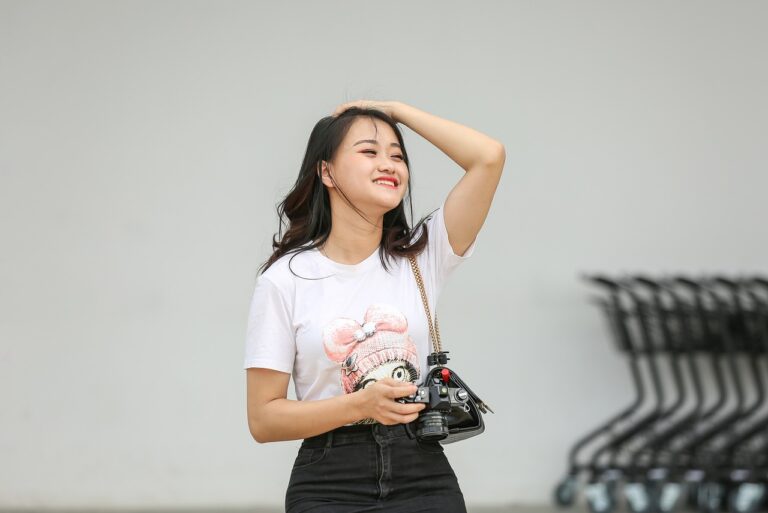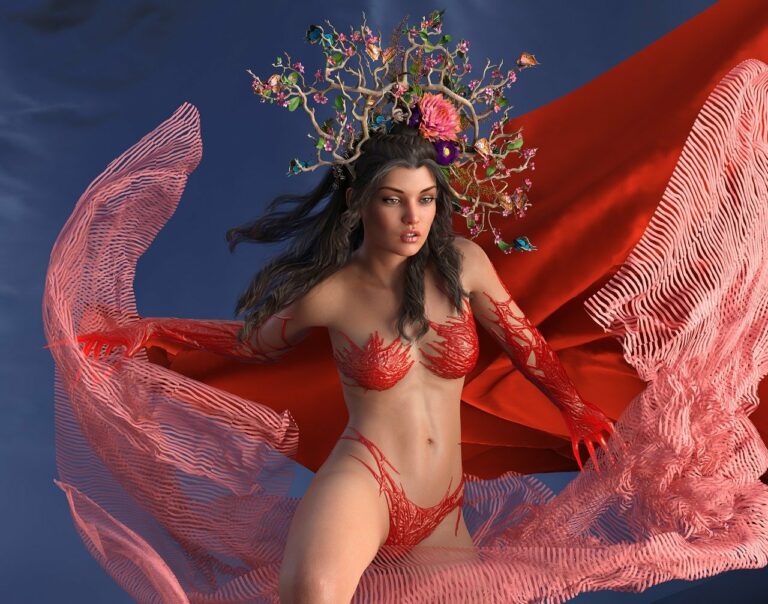The Impact of Fashion on Social Movements and Activism
Clothing serves as a powerful mode of self-expression within the realm of social movements, allowing individuals to visually communicate their beliefs, values, and identities. Through the deliberate selection of garments and accessories, individuals can convey messages that align with the causes they support or the principles they stand for. From slogan t-shirts to symbolic colors and patterns, fashion serves as a tangible canvas for individuals to assert their presence and solidarity within a larger collective movement.
Moreover, the act of dressing in a manner that reflects one’s affiliation with a social movement can foster a sense of community and belonging among like-minded individuals. By donning clothing that signifies a shared ideology or purpose, individuals can establish connections with others who also align with their views, creating a visual unity that transcends verbal communication. In this way, clothing not only functions as a form of self-expression but also as a means of fostering a sense of camaraderie and mutual understanding within the context of social movements.
How Fashion Can Be Used as a Tool for Advocacy and Awareness
Fashion has the power to communicate powerful messages and advocate for important causes. Through the choice of clothing, individuals can express their beliefs, values, and support for various social issues. This form of self-expression extends beyond mere aesthetics, serving as a visual platform for advocating for change and raising awareness.
In recent years, we have witnessed an increase in the use of fashion as a tool for advocacy and awareness. From sustainable and ethical fashion movements to statements supporting marginalized communities, clothing has become a vehicle for social and political expression. By leveraging fashion as a medium for activism, individuals and brands can amplify their voices and spark meaningful conversations about pressing issues in society.
The Evolution of Fashion Statements in Political and Social Movements
Fashion has long been intertwined with political and social movements, with clothing serving as a powerful form of self-expression and activism. From the suffragette movement of the early 20th century to the civil rights movement in the 1960s, individuals have used clothing as a means to convey their beliefs and make a statement. As societal norms evolve, so too do the ways in which fashion is utilized to challenge the status quo and advocate for change.
In recent years, we have witnessed a resurgence in the use of fashion as a tool for advocacy and awareness in various social movements. Activists and influencers alike are utilizing clothing to convey powerful messages, spark conversations, and mobilize communities towards a common goal. Whether it’s wearing bold statements on t-shirts, incorporating cultural symbols into designs, or reimagining traditional garments in a modern context, fashion continues to play a vital role in shaping the narratives of political and social movements.
How has clothing been used as a form of self-expression in social movements?
Clothing has been used as a form of self-expression in social movements by allowing individuals to visually communicate their beliefs, values, and identities. Through their choice of clothing, individuals can signal solidarity with a particular cause or group.
Can fashion be used as a tool for advocacy and awareness?
Yes, fashion can be used as a tool for advocacy and awareness. By wearing clothing or accessories that promote a particular cause or message, individuals can raise awareness and spark conversations about important social and political issues.
How have fashion statements evolved in political and social movements over time?
Fashion statements in political and social movements have evolved over time to become more sophisticated and nuanced. In the past, clothing may have been used primarily to signal group membership or affiliation. Today, fashion statements can be more subtle and strategic, using symbolism, color, and design to convey complex messages.
What are some examples of fashion statements in recent political and social movements?
Recent examples of fashion statements in political and social movements include the use of specific colors or symbols to show support for a particular cause, the creation of clothing lines that raise funds for advocacy organizations, and the wearing of traditional or cultural garments to reclaim identity and challenge stereotypes.

